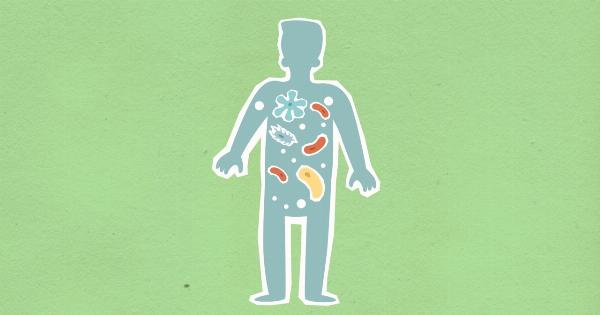Staphylococcus, commonly referred to as staph, is a group of bacteria known to cause various infections in humans.
This comprehensive guide aims to provide detailed information on the transmission and recovery of Staphylococcus infections, including different modes of transmission, common symptoms, available treatment options, and preventive measures.
Understanding Staphylococcus
Staphylococcus bacteria are commonly found on the skin or in the nose of healthy individuals without causing any harm.
However, certain strains of Staphylococcus, such as Staphylococcus aureus, can cause mild to severe infections if they enter the body through a breach in the skin or mucous membranes.
Modes of Staphylococcus Transmission
Staphylococcus can be transmitted through various modes. The most common modes of transmission include:.
- Direct Contact: Staphylococcus can spread through direct contact with infected individuals or by touching contaminated surfaces.
- Indirect Contact: Sharing personal items or touching objects contaminated with Staphylococcus can facilitate transmission.
- Airborne: In some cases, Staphylococcus can spread through respiratory droplets when infected individuals cough or sneeze.
Common Symptoms of Staphylococcus Infections
The symptoms of Staphylococcus infections vary depending on the affected area. Common symptoms may include:.
- Skin Infections: Staphylococcus can cause skin infections like boils, cellulitis, impetigo, and abscesses.
- Pneumonia: Severe respiratory infections can occur if Staphylococcus reaches the lungs.
- Bloodstream Infections: Staphylococcus can enter the bloodstream, causing bacteremia or sepsis.
- Urinary Tract Infections (UTIs): Staphylococcus can cause UTIs, especially in individuals with urinary catheters.
Treatment Options for Staphylococcus
Treatment for Staphylococcus infections typically involves antibiotics. However, some strains have become resistant to commonly used antibiotics, such as methicillin-resistant Staphylococcus aureus (MRSA).
In such cases, alternative antibiotics or combinations of antibiotics may be prescribed. The specific type and duration of treatment will depend on the severity and location of the infection.
Preventing Staphylococcus Infections
Prevention is crucial to minimize the risk of Staphylococcus infections. Here are some preventive measures to consider:.
- Hand Hygiene: Regularly wash your hands with soap and water or use alcohol-based hand sanitizers.
- Clean Surfaces: Disinfect frequently touched surfaces, especially in shared spaces.
- Personal Items: Avoid sharing personal items, such as towels, razors, or clothing.
- Wound Care: Clean and cover any wounds or cuts promptly.
- Infection Control: Follow proper infection control practices in healthcare settings to prevent nosocomial infections.
Recovering from Staphylococcus Infections
The recovery process from Staphylococcus infections varies based on the severity and location of the infection. Adequate treatment, along with a healthy immune system, is essential for recovery.
Following the prescribed antibiotic course, maintaining good hygiene practices, and keeping the affected area clean and dry can aid in healing and prevent reinfection.
Seeking Medical Attention
If you suspect a Staphylococcus infection or experience symptoms like persistent fever, worsening skin infections, or difficulty breathing, it is crucial to seek prompt medical attention.
A healthcare professional will be able to diagnose the infection and recommend appropriate treatment options.
By understanding the transmission modes, recognizing symptoms, following preventive measures, and seeking timely medical care, individuals can minimize the risk of Staphylococcus infections and aid in their recovery processes.





























